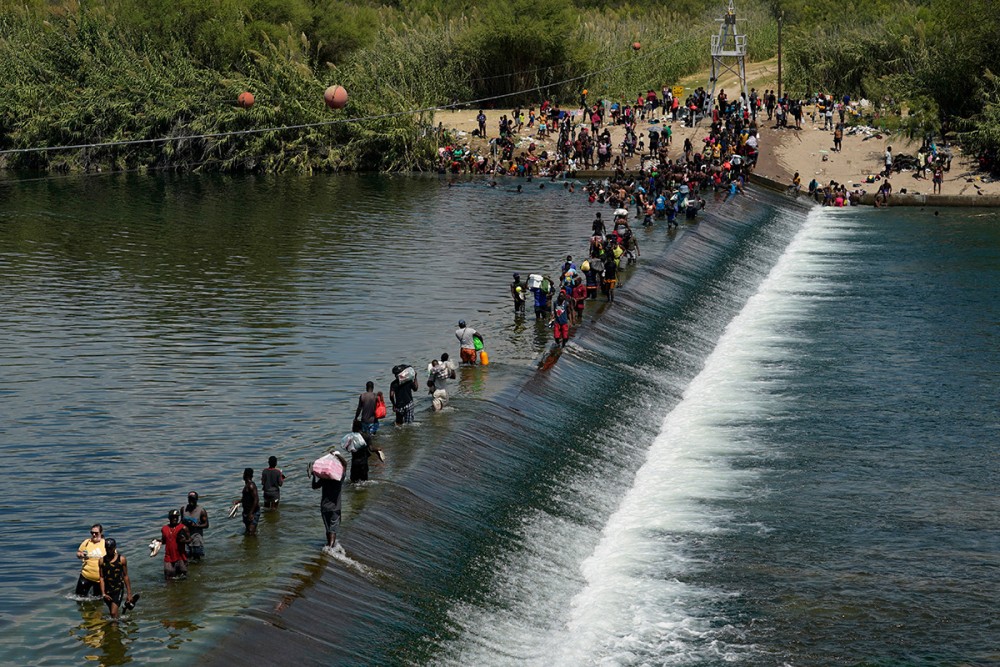For Haitian migrants, temporary protected status is not enough
TPS is a short-term solution to an enduring problem rooted in centuries of Haitian history.

When tens of thousands of Haitian migrants crossed from Mexico into Del Rio, Texas, over the course of a few days last month, Secretary of Homeland Security Alejandro Mayorkas attributed the influx to misinformation about the border being open and misunderstandings of how the Temporary Protected Status program works.
It’s true that many migrants don’t understand the complexities of TPS—and neither do most US citizens. Created in 1990 as a way of dealing with forced migration in times of extreme crisis, TPS allows migrants from select countries who have already entered the United States to apply to stay for a short (but renewable) period of time. It prevents the deportation of people to countries where their lives would be in danger, but it doesn’t provide a path to permanent US residency.
Administrations of both major parties have relied on TPS as a short-term solution to an enduring problem. Migration is increasing because of climate change and extreme poverty, and Congress continues to fail to enact fair and humane immigration laws. As Ariel Henry, Haiti’s new prime minister, said in a speech to the UN General Assembly on September 25, “migrations will continue as long as there are pockets of wealth on the planet, while the majority of the world population lives in precarity.”




